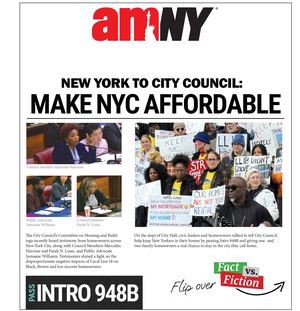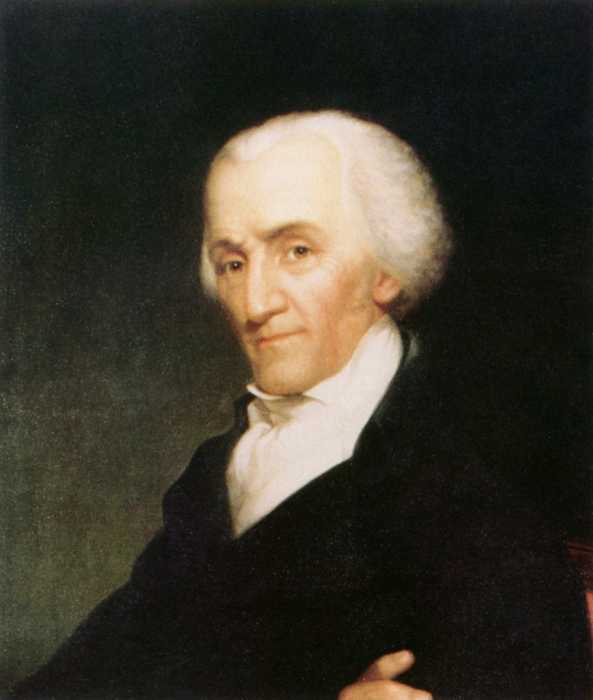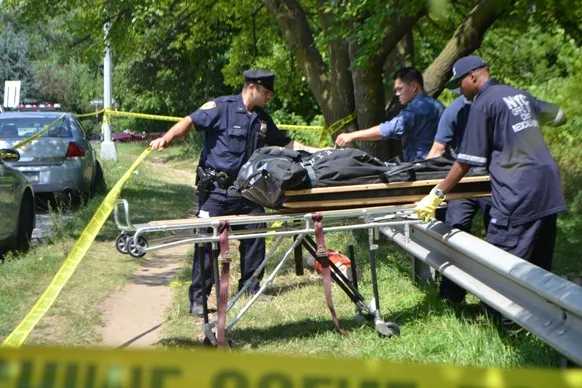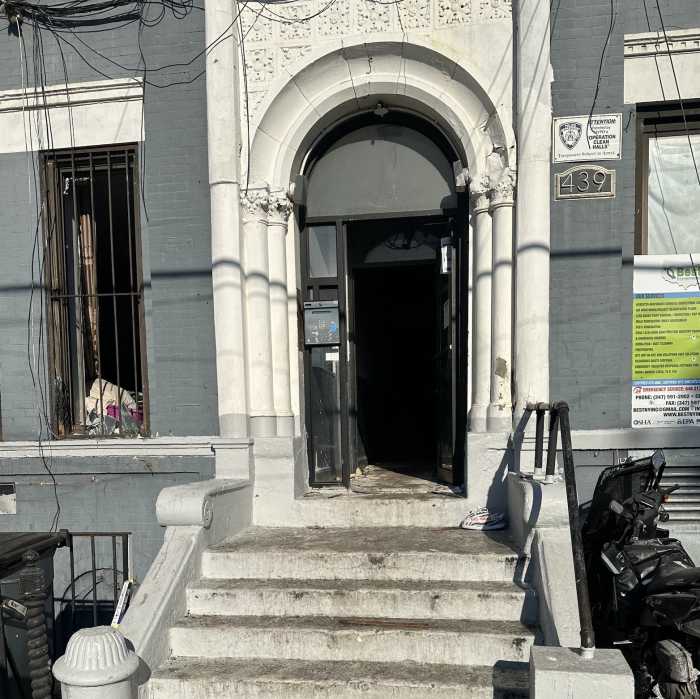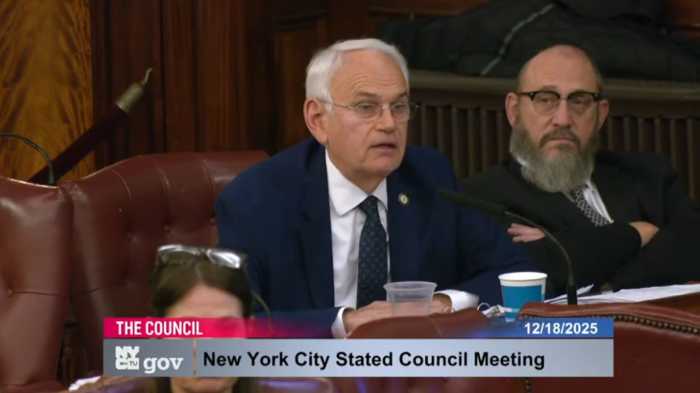Did a 19th century New Yorker ever look up from his or her horse or carriage to see an early car rumbling by and say, “Things around here are about to change?”
It’s possible we’re in a similar moment now with driverless cars. Uber introduced self-driving cars with human monitors to Pittsburgh last month. The federal government already has come up with draft regulations. All the while, companies like Google and Tesla, in addition to traditional car manufacturers, continue to race on the road toward automation.
That road could be much sleeker, more environmentally friendly, and safer: 35,092 people died on U.S. roadways in 2015, according to the Department of Transportation’s report, adding that 94 percent of crashes are tied to human choice or error.
Those potential benefits make it seem likely that driving your own car will someday be a novelty in the way of riding a horse. That mind-boggling possibility, however, is a world already prefigured in the Classic Car Club of Manhattan.
There were once cars you actually wanted to drive
In a large garage on the Hudson River, clean but smelling pleasantly like diesel and grease within (ironically, it’s the former location of a stable housing the NYPD’s mounted unit), some 400 members can choose true driving in one of around 40 “driver’s cars,” says Adam Miller, the club’s membership director.
The club celebrates the act of driving for itself — perhaps the only version of the activity that will survive — instead of a means to work or get to work.
“There’s a reason why every car is in here,” says Miller — each car embodies a different aspect of the driving “experience.” That includes cruising with the top down in a 1966 Ford Mustang. Testing speed limits with a Lamborghini Huracan’s 602 horsepower, Miller said. Or just listeneing to the sound of a brand new Ferrari.
It’s not necessarily about expense. Miller points to a 1972 Datsun, price tag around $25,000. “Extremely fun,” he says: light, nimble, a “direct steering feel.”
Members choose their vehicles and take the cars for “spirited drives,” often out of the city, to places like Bear Mountain or the Harriman State Park area, for their views and switchback turns.
For someone who gets that kind of enjoyment out of driving, self-driving cars aren’t necessarily in competition. The kind of driving one does while commuting in stop-and-go traffic isn’t anyone’s idea of fun. Miller says if computers help reduce accidents, he’s all for them.
“As long as I’ll still be able to steer the car when I want,” he says.
The new world we’re heading toward
The revolution has always been occurring, of course. Some enthusiasts claim you’re not really driving unless you’re driving manual. But many “supercars” are deeply computerized these days, says Miller. New Ferraris don’t include manual gearboxes anymore. If you’re really driving, says Miller, that makes sense — you’d want both hands on the wheel.
We drive semi-autonomous cars already, with anti-locking brakes and cruise control. Gradual innovations will likely continue, but losing the steering wheel entirely would be far more radical.
And that world is coming.
When it does, NYC will be deeply affected even if it’s not exactly thought of as a center of automobile culture.
At a panel earlier this week on autonomous vehicles, city officials from the Department of Transportation and the Taxi & Limousine Commission said they’d been discussing autonomous vehicles for about a year already.
Sarah Kaufman of NYU’s Rudin Center for Transportation told amNew York technological changes will likely include the arrival of driverless taxis and for-hire vehicles, but could also mean driverless trains and buses, which already exist in Singapore and Tokyo. That will mean jobs lost or shifted.
Space could be freed up with fewer spaces needed for parking, if people end up sharing self-driving cars as opposed to owning them, freeing up sidewalks and parking space.
It could even change the shape of cities — loosening their tight boundaries if commuting becomes enjoyable and not the F train.
When those things happen, we might marvel that anyone had to sit in the backseat of a car or jolt forward in traffic. But as with horses we may associate a loss of the easy agency that came with our hands on the wheel, the potential if not the likelihood of the open road.
People who mourn that loss may go to clubs where you can rent one of those old antique marvels. There might even be instructors to give quick lessons on how to use them. But they won’t be central — good and bad — to modern life anymore.
They will be a pastime.
